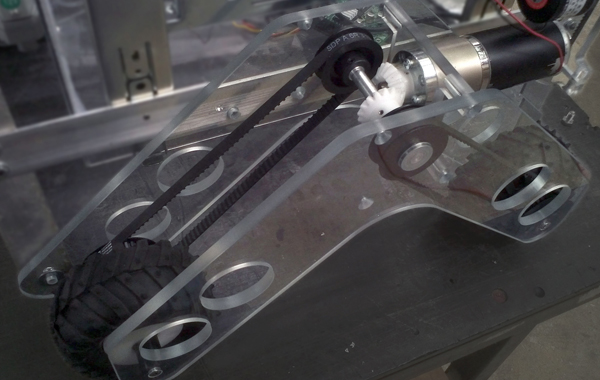Belt Drive Components
Belt drives can be found in every modern engine. They must transmit the rotation of the crankshaft to and drive the engine control or ancillary components. The use of toothed belts to drive camshafts.
Function
Belt drives can be found in every modern engine. They must transmit the rotation of the crankshaft to and drive the engine control or ancillary components.
The use of toothed belts to drive camshafts is widespread in modern engines. They are lighter and quieter than timing chains. The components of a toothed belt drive are the toothed belt itself, a belt tensioner, tensioning pulleys and deflection rollers as well as the toothed wheels at the crankshaft, the camshaft and the ancillary components. Toothed belts are made from synthetic rubber compounds and embedded glass tension cords. Force is transmitted via the teeth without slip. Over time, a variety of tooth designs have established themselves.
Alongside toothed belts, V-belts and V-ribbed belts are used in modern engines to drive ancillary components such as fans, alternators, compressors or hydraulic pumps. V-ribbed belts are exposed to high levels of stress and strain by the torques to be transmitted, dynamic loads and changing temperatures.
Belt drive components in all vehicles are expected to meet maximum performance requirements. Ancillary components will only function perfectly if belt drive components are achieving optimum levels of performance.

















